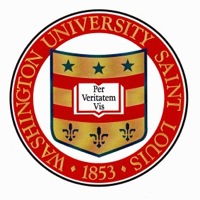Below is a summary of the abstract you submitted. Presenting author(s) is shown in bold.
If any changes need to be made, you can modify the abstract or change the authors.
You can also download a .docx version of this abstract.
If there are any problems, please email Dan at dar78@pitt.edu and he'll take care of them!
This abstract was last modified on May 9, 2016 at 5:57 p.m..

This year two new Streptomyces hosts were used at Washington University in St. Louis to isolate and sequence 17 bacteriophage. Of those phage, eight were isolated from plaques formed on Streptomyces lividans and nine from Streptomyces viridochromogenes. We carefully annotated six of those phage spring of 2016. These included two S. lividans phage, Whatever and PynkPanther, as well as the four S. viridochromogenes phage Stella, WRightOn, Dryad, and Rooney. Since there were no S. viridochromogenes phage and only 24 previously isolated S. lividans phage reported in PhagesDB, very few genes showed homology to previously annotated genes. We focused our annotation efforts on pairs of novel phage that showed moderate levels of similarity to each other and those with very little similarity to any previous phage. For example, comparison of phage Stella and WRightOn (ANI 79.71%), with 68 and 65 genes respectively, showed 17 differences in the mosaic pattern of their genomes. These differences are defined as the insertion or deletion of a gene as well as two genes that belong to different phamilies. Dryad and Rooney (ANI 80.97%), with 112 and 108 genes respectively, showed 25 differences. By selecting mostly novel phage we found that 78 of the 644 genes annotated for these six phage belong to orphams, phams in which they are the only member, thus providing a measure of the novelty of their genomes.


